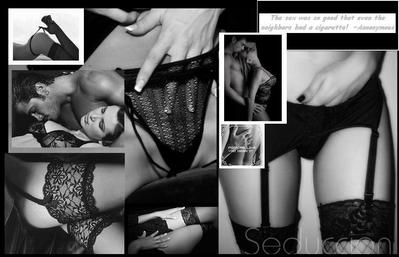
It seems that most of the bikini styles, with an exception of the thong, are categorized by the style of the top. The bandini, the tankini, the halter bikini, and the monokini are all distinguished by the cut and fit of the top (or lack thereof) with little attention to the bottom style. There are, however, several different styles of bikini bottoms that have important implications for bikini fit and flattery. In many cases, the fit and style of the bottoms may be more important in a flattering swimsuit than the fit and style of the top.
The history of bikini bottoms is a history of the lowering of the midriff and the heightened cut of the legs. Throughout the history of the bikini, bikini bottoms have become shorter and smaller until they have consisted of only two small triangles of cloth connected by thin strings (or one small triangle of cloth in the case of the thong bikini). In the beginning of the bikini’s history, bottoms tended to rise to the navel and cover a large section of the upper thighs. Today, bikini bottoms ride significantly lower and display a considerable portion of the upper thighs.
The large variety of bikini bottoms allows an improved amount of choice for women when shopping for bottoms. In addition, the increasing tendency of stores to sell bikini separates allows for tailored top and bottom selection. In general, string bikini bottoms look best on women with long legs and thin torsos. Boy shorts are naturally best for women with boy shapes. Bottoms with high cut legs are attractive and flattering for nearly all women, as they tend to lengthen the leg and minimize the hips and thighs. Brief-style bottoms can be flattering for many women, as well, depending upon the amount of coverage they offer. The best tip for selecting flattering bikini bottoms is to attempt to replicate the cut and style of your most flattering underwear.











